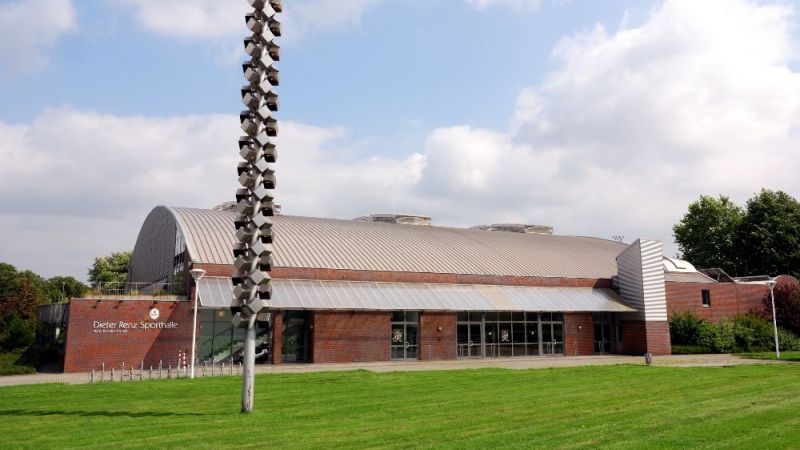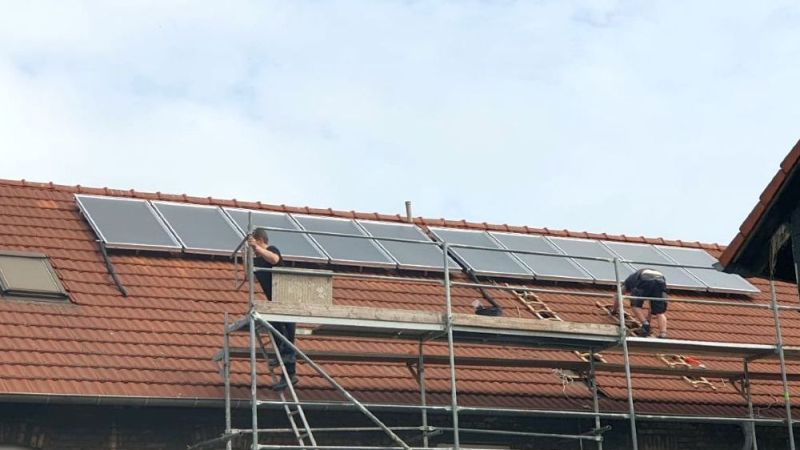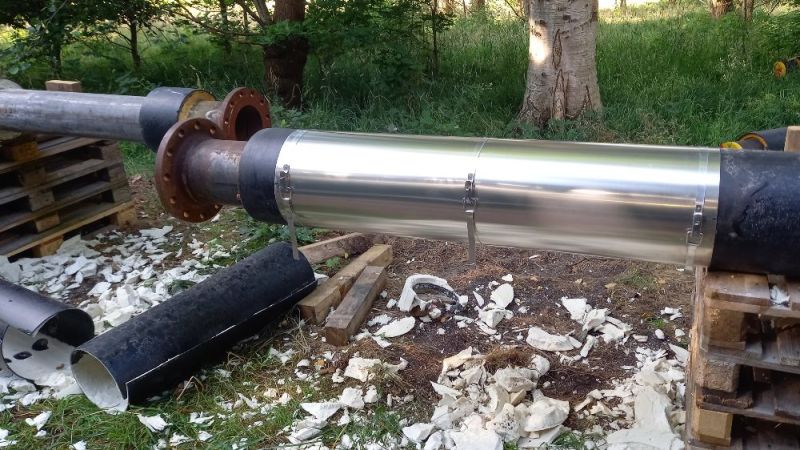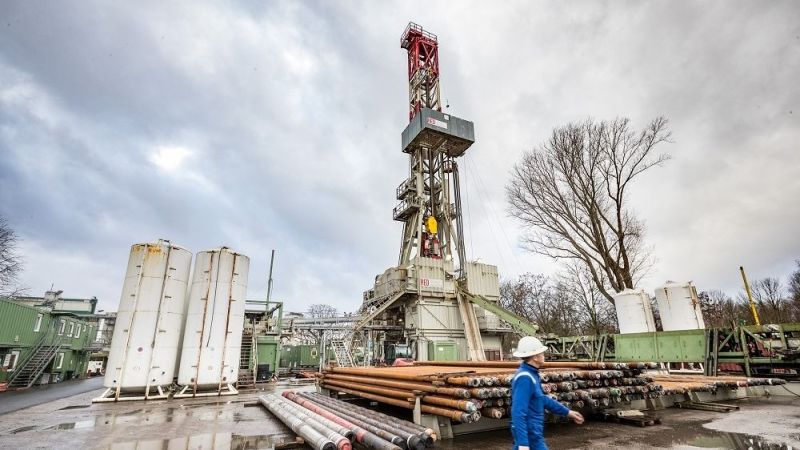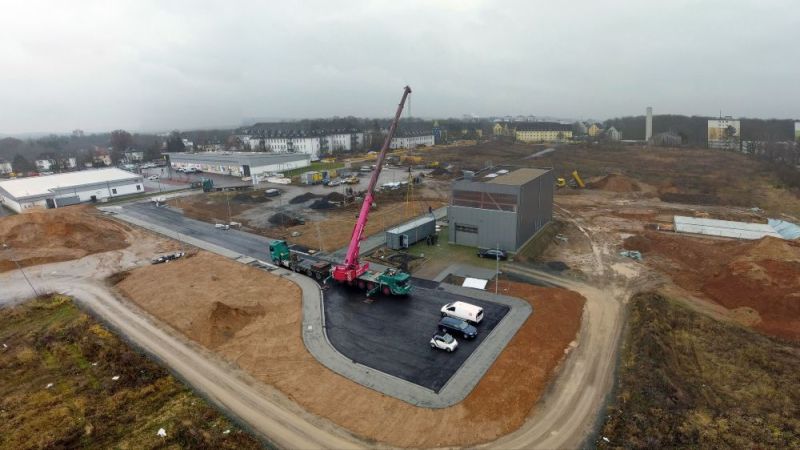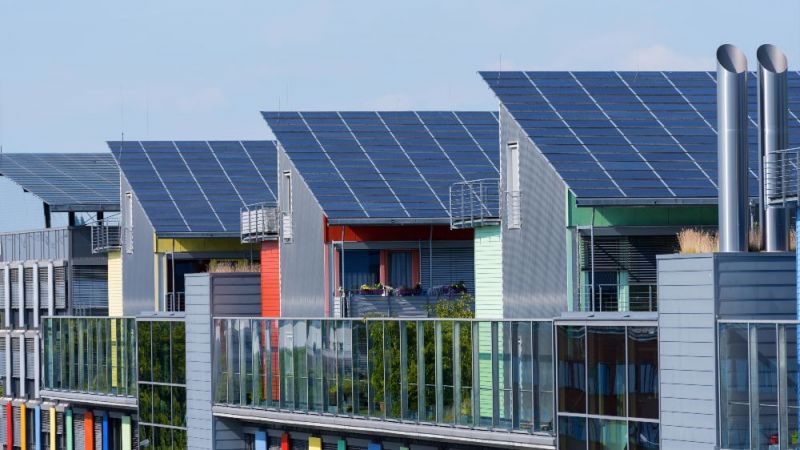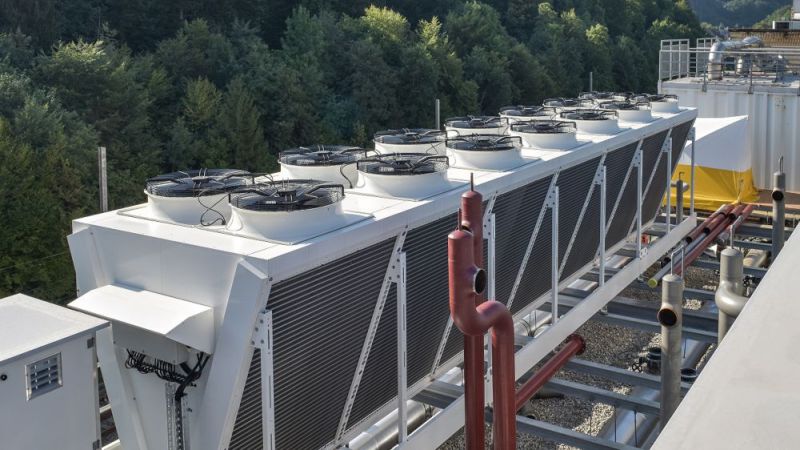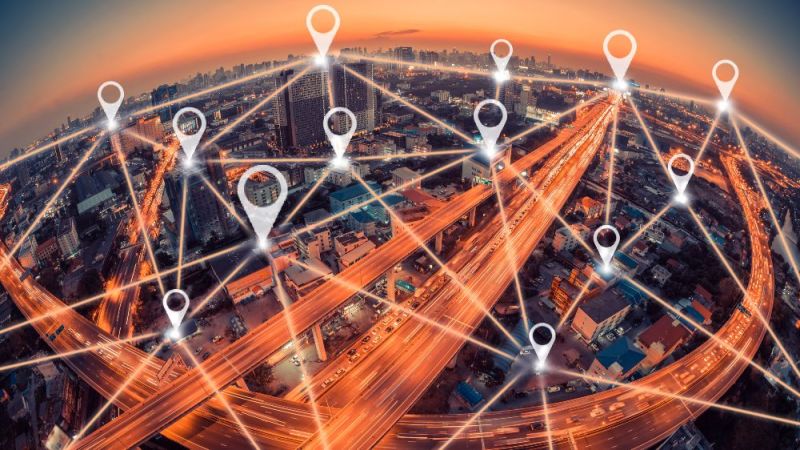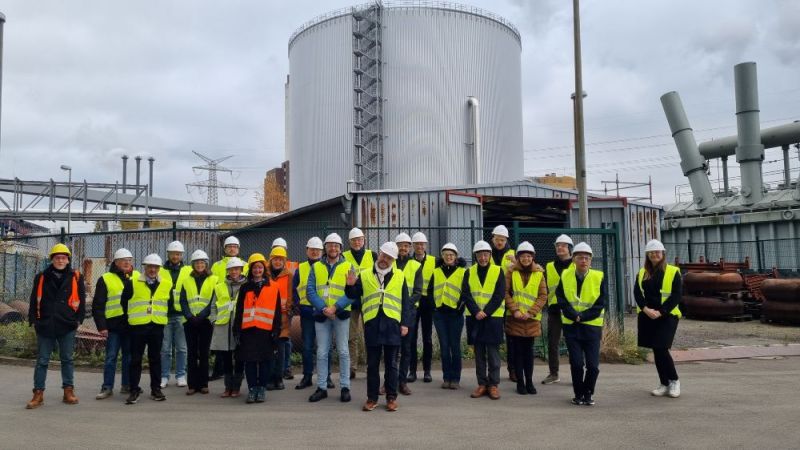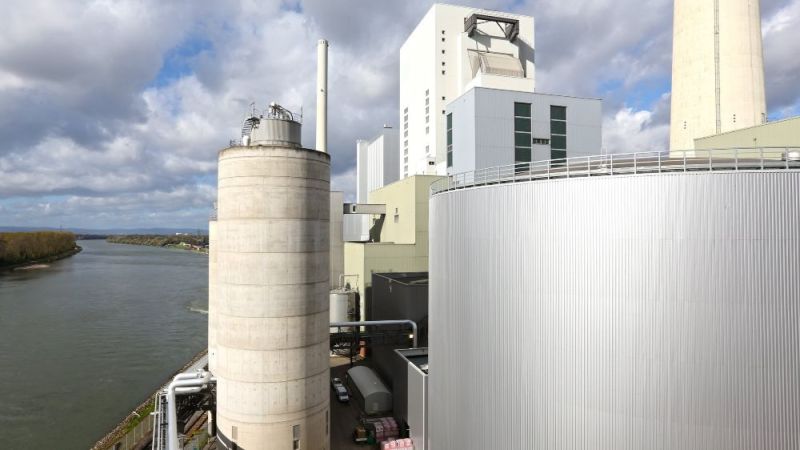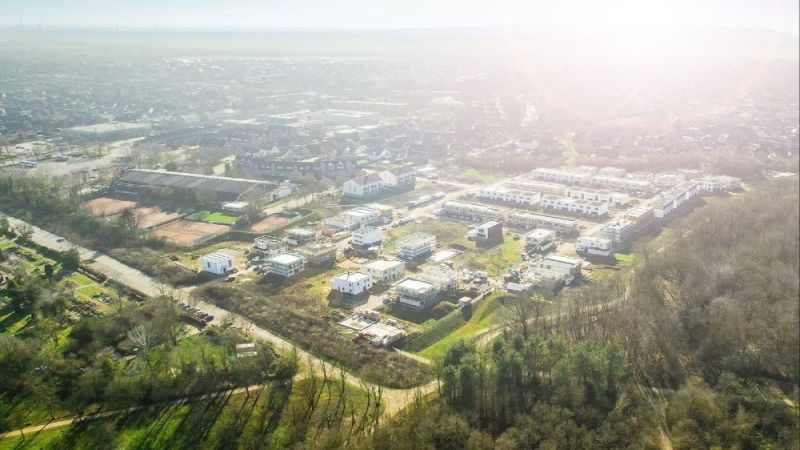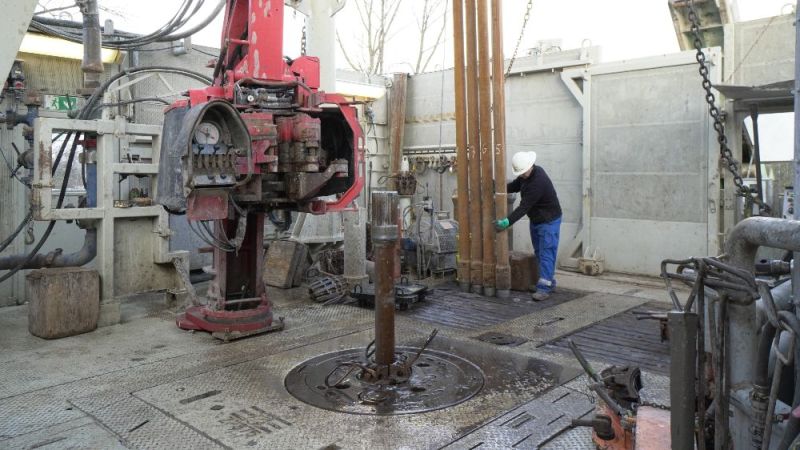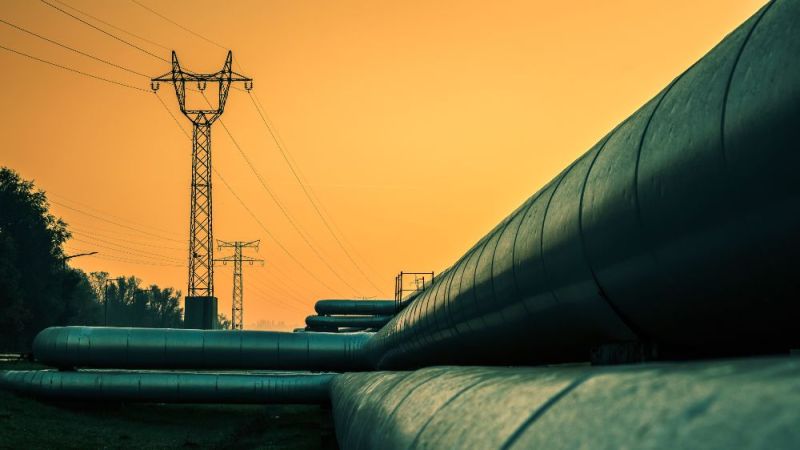
IEA DHC Annex TS3
Detailed Guide to District Heating and Cooling in Integrated Energy Systems
District heating and cooling networks are currently often fed by gas-fired combined heat and power (CHP) plants. They thus link the heating and cooling sector with the electricity and gas sector. However, the phasing out of natural gas-fired power generation will greatly reduce the use of these plants - their output will prospectively be replaced by electricity from renewables. Thus, in the future, other heating (and cooling) sources will have to meet the needs of the CHP networks. Alternative coupling points are also needed to ensure flexibility between sectors and increase the efficiency of the entire energy system. Furthermore, hydrogen is taking on an increasingly important role.
The impact these factors have on the grid-based supply of heating and cooling the opportunities that arise, and how challenges can be overcome is the topic of the IEA DHC Annex TS3 "Hybrid Energy Networks". The project is an international cooperation platform under the auspices of the IEA DHC - the Technology Cooperation Program for District Heating and Cooling of the International Energy Agency (IEA).
Findings from almost six years of research now published
The aim of the project is to identify opportunities and risks for district heating and cooling networks in an integrated energy system, with a focus on coupling with the electricity and gas networks. An international research team collaborated on this from autumn 2017 to early 2023 – including the organising of several workshops, webinars, and special sessions at various conferences. To provide a better understanding of the integrated energy system, they also launched a collaboration with the IEA's International Smart Grid Action Network (ISGAN).
The researchers have now summarized their findings in a detailed guidebook.
Among other things, the researchers evaluated various innovative and publicly available tools for modeling, simulating and optimizing hybrid energy grids. In doing so, they considered both technical assessment and operational optimization as well as planning at the level of cities and regions as well as nations and even continents.
Resource exergy analysis: Hybrid energy networks and low-temperature district heating save up to 90 percent CO2
The research team also conducted a resource exergy analysis (REA). It compares six energy systems that provide heat (heating and hot water) for a residential area. The result: hybrid energy networks and low-temperature district heating perform significantly better in terms of greenhouse gas emissions (over 90 percent) and resource exergy consumption (over 70 percent) than decentralized natural gas condensing boilers. However, to fully exploit the potential of hybrid energy systems, the electricity they use should come from greenhouse gas-free sources.
Resource exergy analysis - a new method for comparing energy systems.
With more and more greenhouse gas-neutral technologies, the analysis of primary energy consumption is reaching its limits. Researcher Dr. Andrej Jentsch promotes a new approach that looks not only at primary energy, but also at energy quality and thus exergy. He is one of the authors of the guide to IEA DHC Annex TS3.
Strengths and opportunities of hybrid energy networks prevail
Finally, the project partners evaluated the strengths, weaknesses, opportunities and threats of hybrid energy networks - based on a literature review, qualitative contributions from experts, feedback and discussion rounds with stakeholders and an online survey. According to the study, the strengths of hybrid energy networks include the higher degree of system flexibility, decarbonization of heating and cooling networks, and more freedom in planning and operation. As weaknesses, the researchers identified increasing complexity, price signals that do not yet take the grid situation into account, and current electricity tariffs and taxes. Overall, however, the survey conducted by the experts rated the positive features as more relevant.


